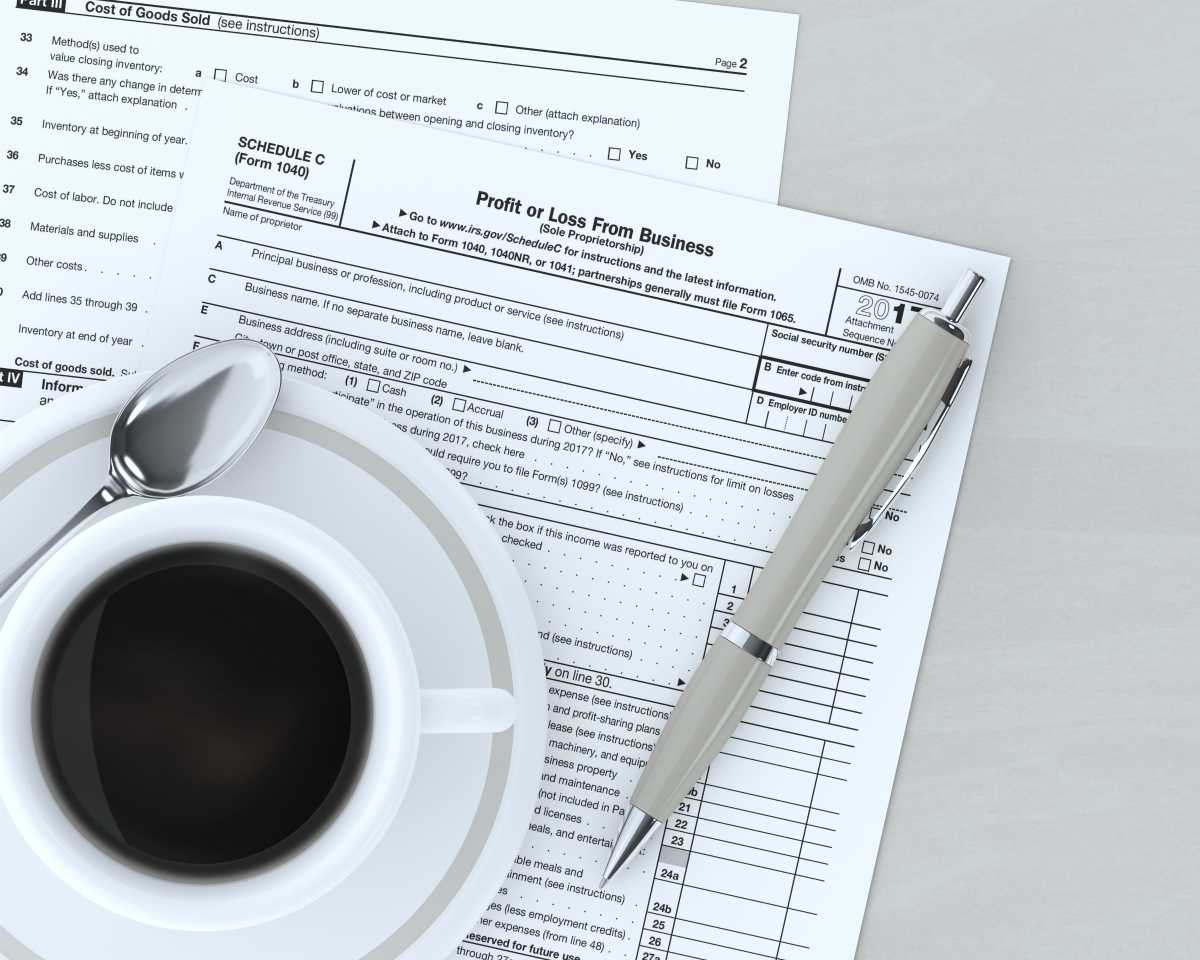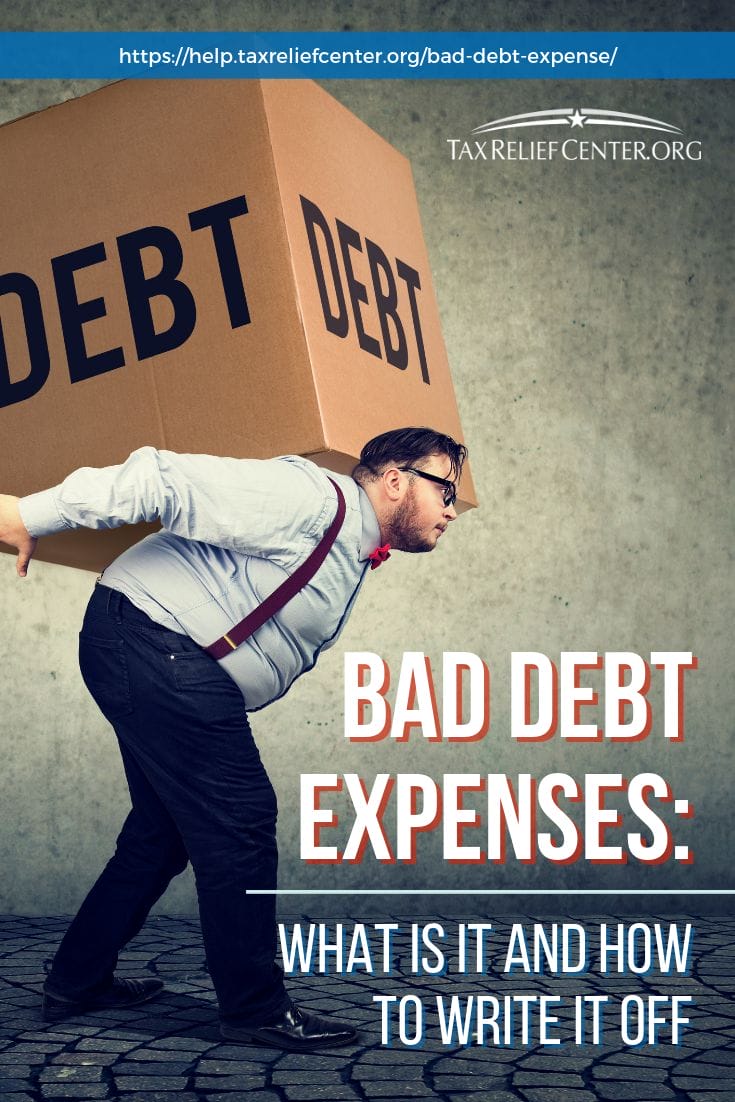Taxpayers with businesses or clients may accrue some bad debt expense. Learning how to identify and write them off can help the finances of everyone involved, so read on to find out more.
RELATED: IRS Form 5329 [For Retirement Savings And More] | Internal Revenue Service
In this article:
- What Is Bad Debt Expense?
- What Qualifies as Bad Debt Expense?
- How to Find Bad Debt Expense
- What Is the Bad Debt Expenses Write-off Process?
- Important Disclaimers for Bad Debt Expense Write off Processes
Bad Debt Expense 101: Tips to Writing Them Off
What Is Bad Debt Expense?
Taxpayers who own businesses or provide services and products to clients may sometimes allow customers to pay for the products and services later on. However, not all customers end up being able to pay back this loan.
These uncollected loans affect tax filings, since they are supposed to be assets and income on paper, but in reality, did not benefit the taxpayer at all since no actual money or profit came in. People call these kinds of business debt bad debt.
This situation, in turn, may force a business to apply for debt, which, if left unpaid, can lead to business tax liens. Due to financial restraints, businesses and freelancers may become late on their taxes, which can cause an IRS levy on assets.
For the IRS, bad debt usually involves:
- Loans to suppliers and clients,
- Guarantees due to debt from business operations, and
- Sales to customers using a credit line.
Important: There is bad debt in accounting and bad debt for the IRS. Bad debt for accountants relates more to documenting debt with has a lower chance of repayment, and is not necessarily the bad debt that can be written off.
This important distinction should always be remembered, as making financial statements involving taxes to report to banks and shareholders in business uses the bad debt in accounting.
Lastly, a taxpayer has two main systems to report income to the IRS. These are cash accounting and accrual accounting.
In cash accounting, the taxpayer enters income and expenses only if the transaction pushes through. For example, if a client took a product through credit, you cannot list it as either income or even expense since the transaction is not complete.
On the other hand, accrual accounting documents the transaction when the purchase or obtainment of a product or service started. If a customer loans $1,000 worth of products in November payable in December, the taxpayer records the income and expense in November.
Now, it’s time to figure out your next steps.
What Qualifies as Bad Debt Expense?

To start off, a taxpayer can write off bad debt expense only if he or she uses the accrual accounting method.
Normally, businesses and freelancers use the accrual method if:
- The business has inventory;
- Legal status or ownership is a C-corporation;
- Gross revenue reaches more than $5 million each year. Important: Gross revenue, not gross profits, which some businesses mistakenly assume they can do cash accounting for.
That means businesses or even an individual taxpayer may need to do accrual accounting even if they primarily do business-giving services if their revenues reach $5 million. Usually, business producing products do accrual not just for the IRS but also for accounting, since they may need to put the cost of the product as a business expense.
Common businesses that use accrual accounting include:
- Retailers
- Manufacturers
- Resellers
- Large financial firms
- Big labor agencies
- Importers
- Exporters
- Farmers
Proper calculation of bad debt expenses can help a taxpayer in calculating how much should be filed to the IRS.
RELATED: IRS Levy: The Difference Between Tax Liens And Tax Levies
How to Find Bad Debt Expense
In order for the IRS to consider an amount as a valid bad debt expense, the taxpayer should prove that:
- They use accrual accounting,
- The expense is a loan or debt in nature,
- Business debt has a minimal chance of being repaid in part or in full, and
- For the purpose of business operations.
Important: According to IRS Topic 453, nonbusiness bad debt can also be deductible, however, the bad debt must be totally worthless. Bad business debt, on the other hand, does not require total worthlessness.
Regarding the recognition of bad debts as uncollectible, the IRS will need to review the facts of the case. However, any legal document that shows lack of collectability, i.e. bankruptcy of client or unresponsive debtor, can help make the argument for the taxpayer stronger and more convincing.
It bears repeating that employees seldom, if ever, qualify for a bad debt expense write-off simply because they do not use accrual accounting.
However, the IRS does accept hybrid accounting methods. As long the business expense meets all of the 4 criteria, then the taxpayer may start the bad debt expense write off process.
What Is the Bad Debt Expenses Write-off Process?

The bad debt expenses process formally starts upon the taxpayer sending IRS Form 1040 Schedule C. Both the creditor and debtor will file Schedule C, as both tax returns will see an impact regarding finances.
To make the process much clearer, let us discuss the process from two perspectives, the creditor and the debtor.
For the creditor, he or she actually needs three copies of Schedule C named Copy A, B, and C.
Copy A is different from Copy B and C in two ways: the IRS requires this copy and the form cannot be printed out online and has to go through a request.
Copy B and C contains 1) the amount of the debt, 2) contact and personal information for both the creditor and debtor and 3) clarifying information about the bad debt.
The debtor gets Copy B while the creditor keeps Copy C. Basically, the creditor sends three copies while the debtor sends only 1, which is copy B.
The debtor should always be on top of any updates, since the creditor may be reporting the business expense which can trigger an audit.
Lastly, most state tax collection agencies also accept Schedule C from the IRS.
Additional Information: For nonbusiness bad debt, the taxpayer can fill out IRS Form 8949. For the taxpayer looking for more in-depth information about business bad debt, the IRS Topic and Publication 535 can answer your questions.
File the Schedule C in the tax year the transaction happens. If the taxpayer files late, the IRS may still allow a late bad debt expense write off, but it may take time to process.
Important Disclaimers for Bad Debt Expense Write off Processes
Some veteran taxpayers and businessmen unknowingly lose extra money due to lack of knowledge and expertise.
Remember, accounting and tax reporting are connected, but have a different knowledge base, as shown by accrual accounting and the recognition of bad debt.
To avoid any loses and risk, it is better for taxpayers to team up with a tax advocate specialist. Before a taxpayer employs an accountant or lawyer, it is always prudent to ask if they specialize in taxes.
Lastly, the IRS allows the reporting of bad debt if the following triggers, called identifiable event, happen in the tax year:
An identifiable event refers to any event that triggers legal cancellation of debt, business or nonbusiness, such as the following:
- Foreclosure election
- Relieving debt due to a court order
- Statute of limitations, which may depend on the state laws. Most states have 4 to 6, but some states have 10 years until the creditor cannot legally sue.
- Bankruptcy
- When probate proceedings cancel and relieve the debt.
- When a loan contract states a provision for automatic debt relief or cancellation of collection.
- By agreement between the parties.
- Payment or the loss of a cause before identifiable events.
Lastly, the IRS does not give a turnaround time for processing, so taxpayers may want to follow up with the IRS a week or two after sending the Schedule C.
Getting a bad debt expense is par for the course with businesses, especially those that deal with credit. By accurately finding out and applying for an IRS write off, a bad debt expense may be stricken off the record to help business owners and freelancers continue doing business.
Do you know someone who has experienced the bad debt expense process? What are your thoughts about it? Let us discuss in the comments section below.
If you owe back taxes, visit taxreliefcenter.org for more information on tax relief options.
Up Next:
- 6 Reasons Self-Employed And Independent Contractors Must File Back Tax Returns
- Estimated Taxes | How To Determine How Much You Should Save
- IRS CP2000 Notices | Income Underreporting At A Glance


